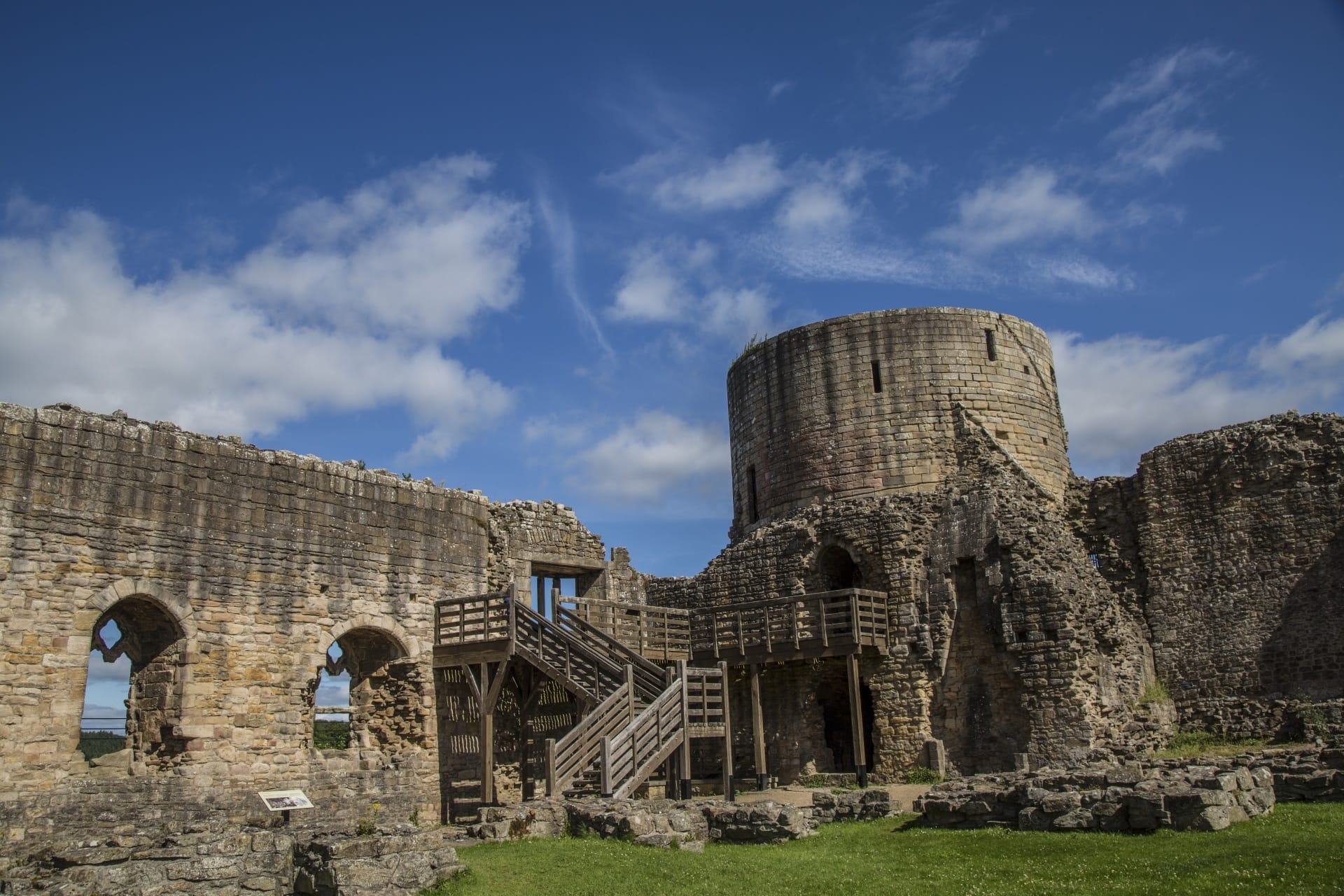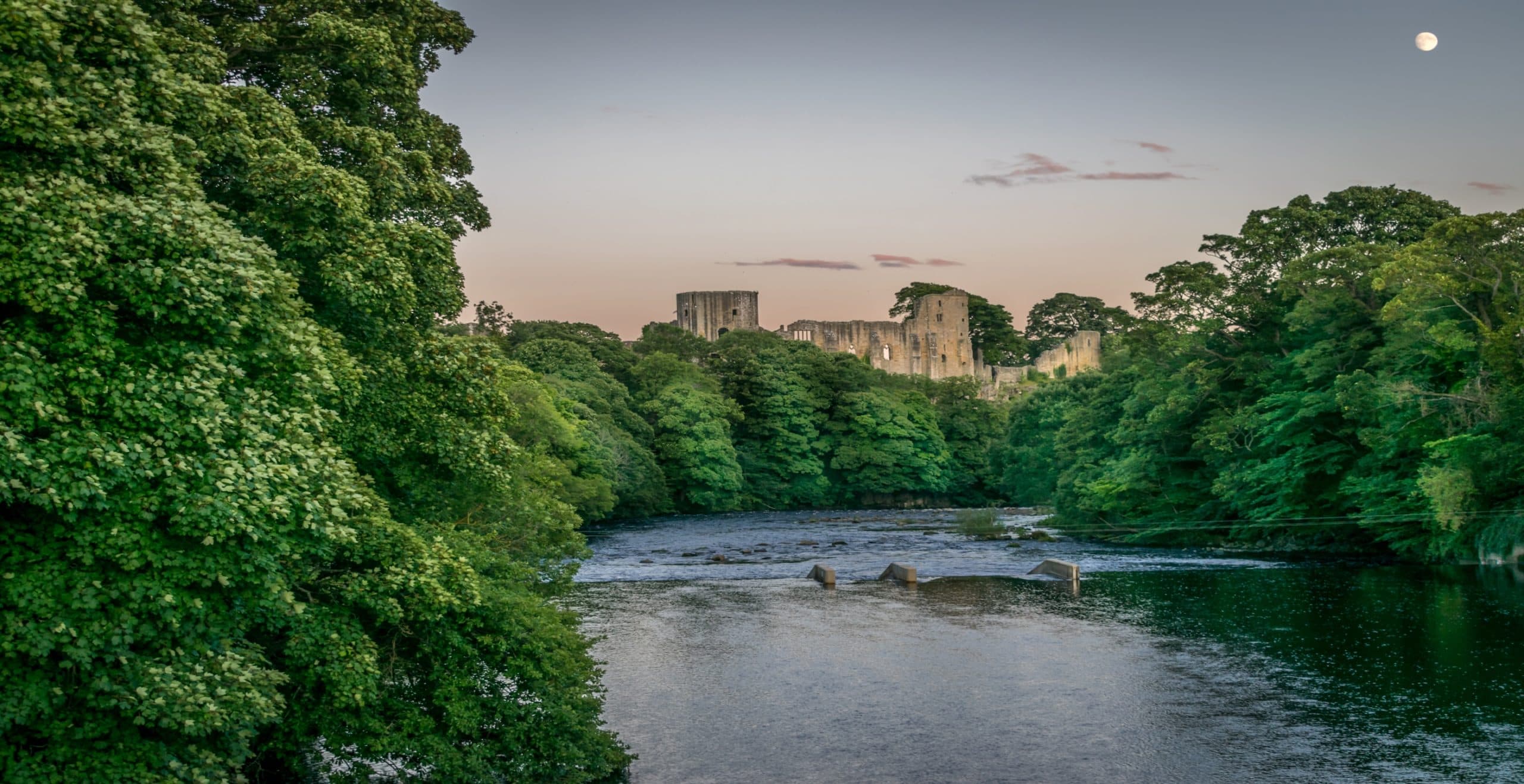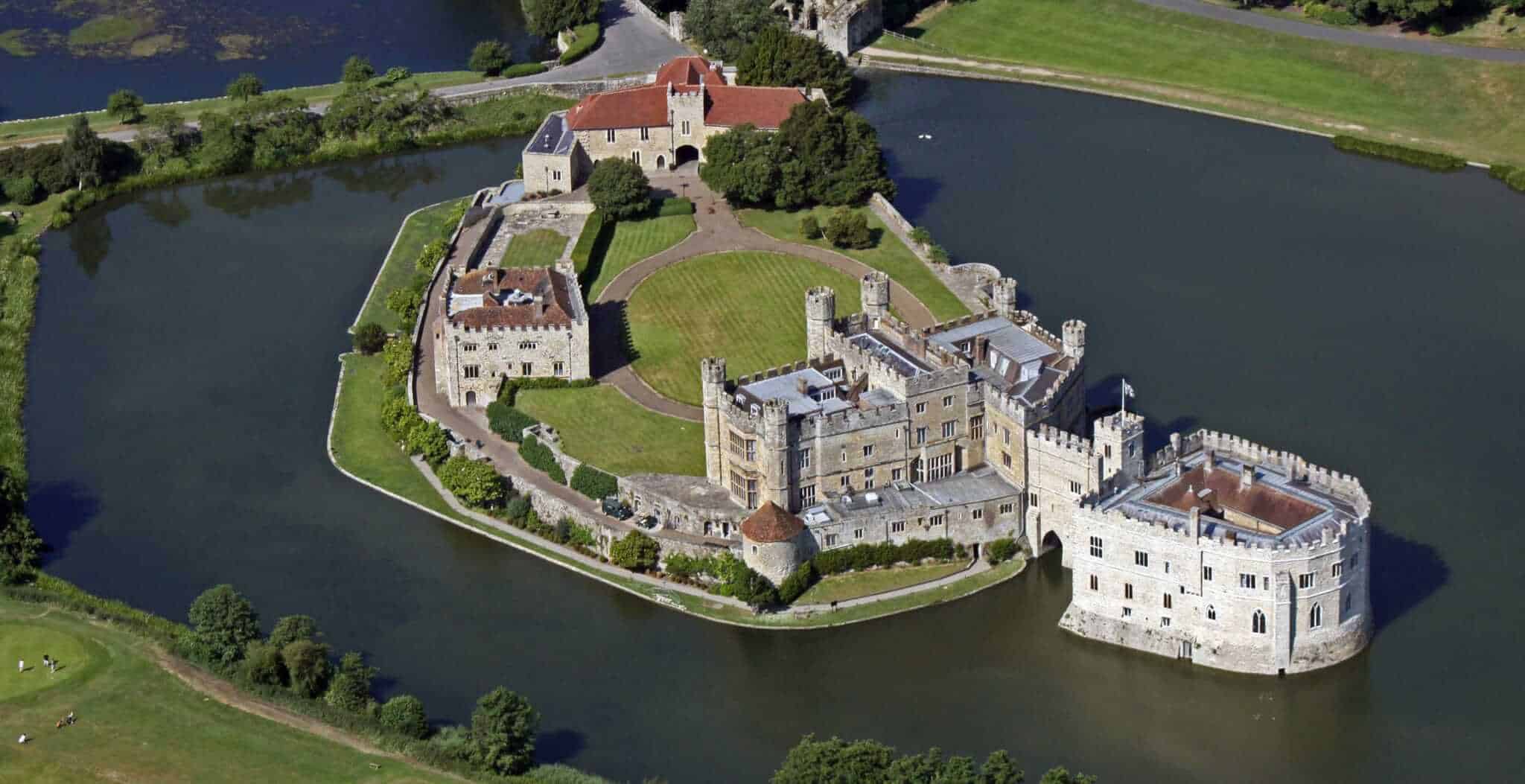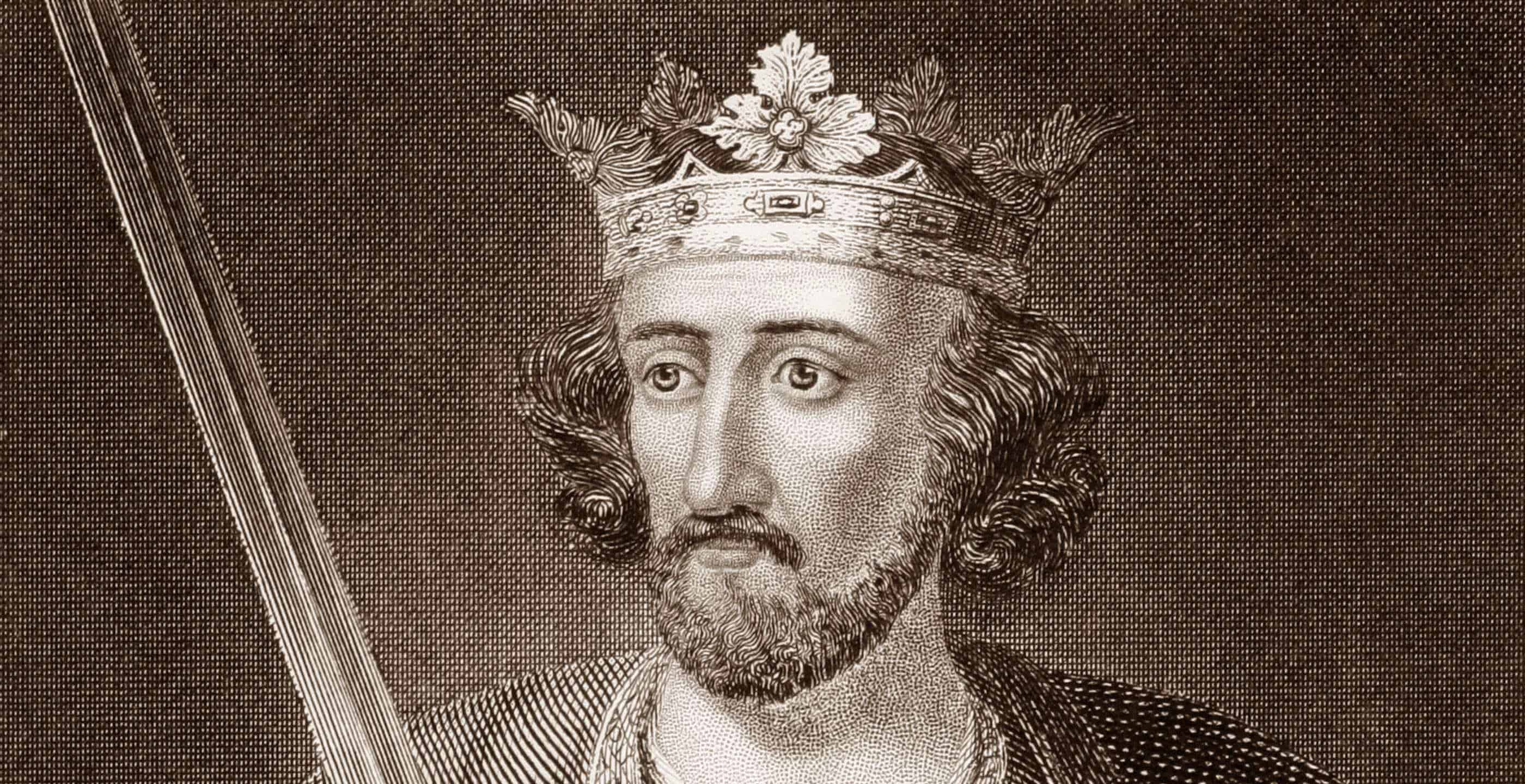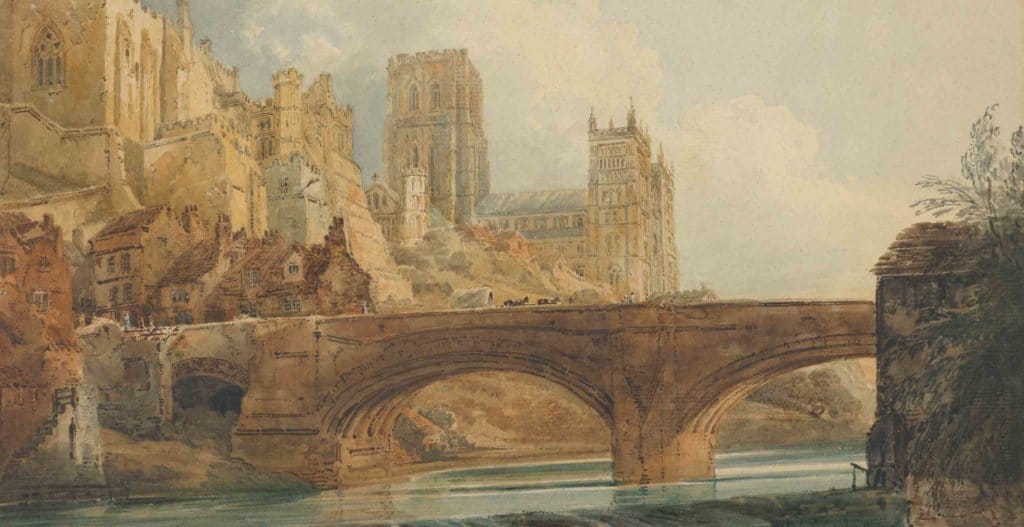Telephone: 01833 638212
Website: https://www.english-heritage.org.uk/visit/places/barnard-castle
Owned by: English Heritage.
Opening times: Open Saturday and Sunday 10.00–16.00 from December-March (dates vary annually). Opening times vary throughout the rest of the year. Contact English Heritage directly for more information. Last admission 30 minutes before closing time. Entrance charges apply to visitors who are not English Heritage members.
Public access: There is no parking at the site. The nearest pay and display car park is 500 metres away in the town itself. There is level access and ramps across much of the site. Dogs on leads are welcome in the grounds only, although assistance dogs are welcome across the site. The castle is also family friendly.
The remains of a medieval castle. Occupying a naturally defensive site overlooking the wooded gorge of the River Tees, the romantic ruins of Barnard Castle are a reminder of the importance and power of the north in medieval times. Founded by the Normans shortly after the conquest, the stone castle was built and extended by Bernard de Balliol and his son in the latter half of the 12th century. In the 13th century, John Balliol, founder of Balliol College, Oxford, married Devorgilla, the daughter of Alan, Lord of Galloway. The Balliol barons subsequently owned estates and titles on both sides of the Anglo-Scottish border, and later played an important but unhappy part in the history of the north of England and Scotland.
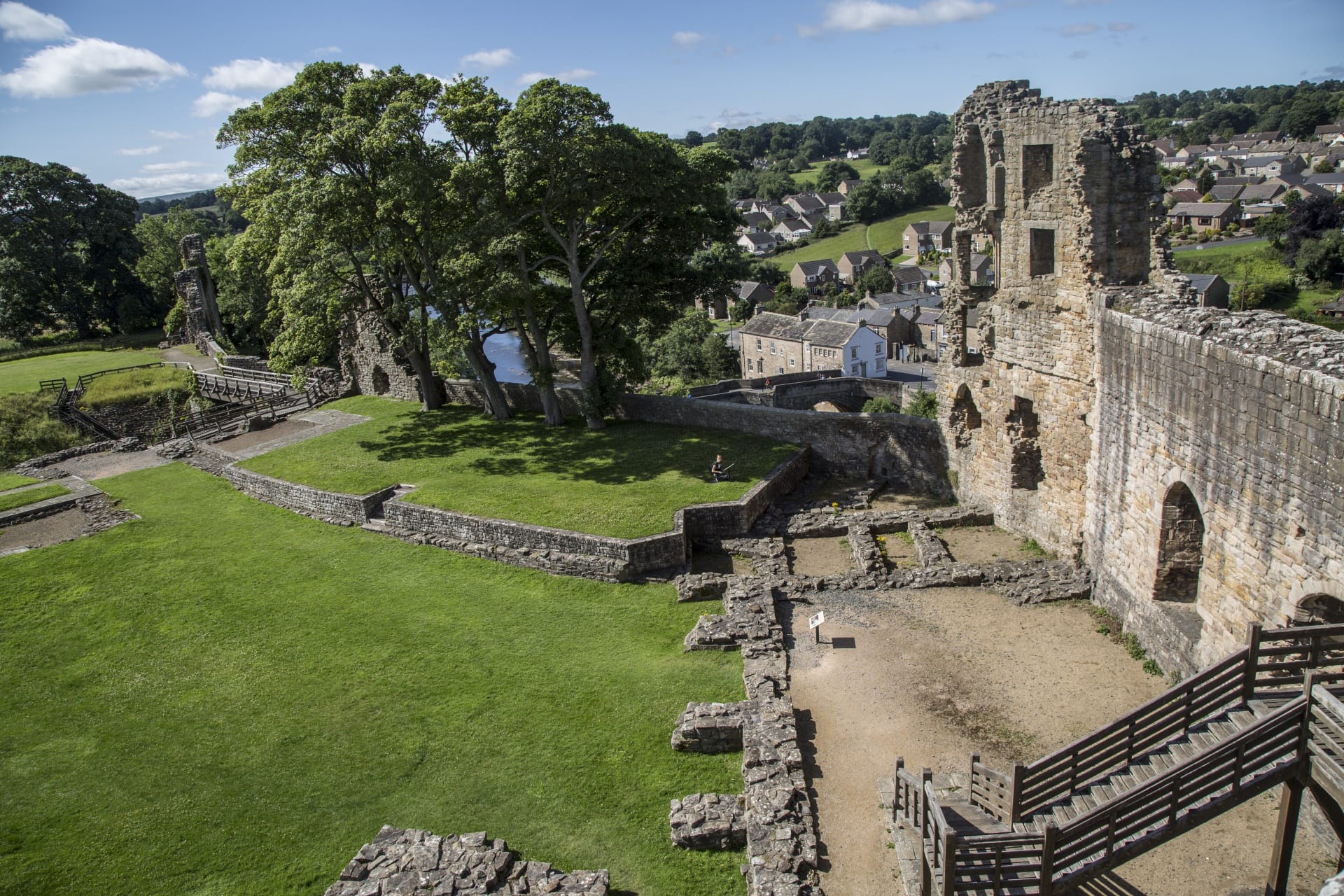
The castle was built to withstand sieges, and successfully held off the troops of the Scottish king, Alexander II in 1216. Later, the younger John Balliol, the ineffective Scottish king installed by Edward I, would lose Barnard Castle when he and the Scottish nobility refused to provide military service for Edward. Branded a traitor and given the mocking title “Toom Tabard” (empty coat), Balliol was jailed in London and the Stone of Destiny taken from Scotland to provide the coronation stone for English kings.
The castle passed into the possession of Richard Neville, Earl of Warwick, and then to the Duke of Gloucester, later King Richard III, falling into ruins in the century after his death. However, the castle was still defensible during the 16th century, when Sir George Bowes successfully held it against a large force of troops of the rebellious northern lords. While it is now in a very ruinous condition, what remains shows the scale of the project initiated by Bernard de Balliol. There are four baileys which were walled in stone. What remains of the towers – the Balliol keep and two constructions of the Beauchamps, as well as the Mortham Tower – gives an indication of both the scale and the highly developed nature of the defenses. The orial window in the solar is decorated with the boar emblem of Richard III.
